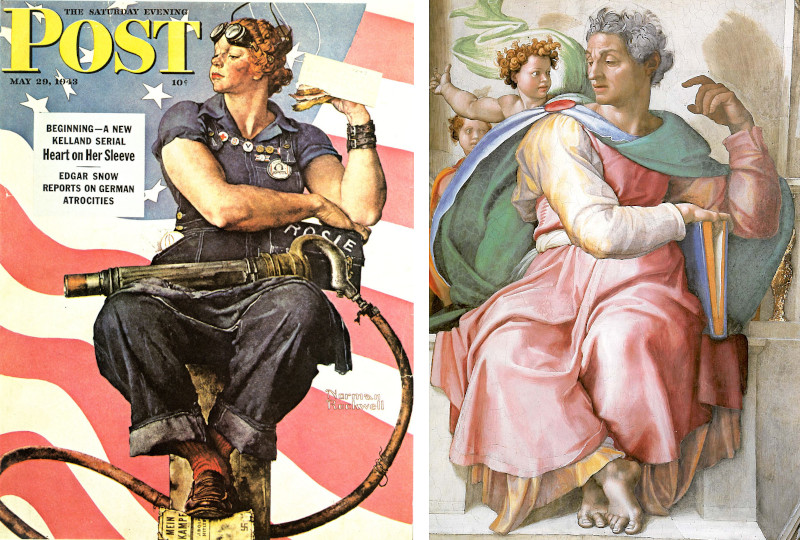
A quickie from Peter Winkler’s Mathematical Puzzles, 2021: Can West Virginia be inscribed in a square? That is, is it possible to draw some square each of whose four sides is tangent to this shape?

A quickie from Peter Winkler’s Mathematical Puzzles, 2021: Can West Virginia be inscribed in a square? That is, is it possible to draw some square each of whose four sides is tangent to this shape?

Until 1934, Peñón de Vélez de la Gomera was a Spanish island off the coast of North Africa.
But then a thunderstorm washed enough sand into the channel to create an isthmus to the Moroccan shore.
So now the island is a Spanish exclave on a peninsula, and the two nations share the world’s shortest border.

In 1898 a Belgian ship on a scientific expedition was frozen into the sea off the coast of Antarctica. During the long polar night, its 18 men would confront fear, death, illness, and despair. In this week’s episode of the Futility Closet podcast we’ll describe life aboard the Belgica during its long, dark southern winter.
We’ll also consider a devaluing signature and puzzle over some missing music.
The last duel in France took place in 1967. During an argument in the National Assembly, Gaston Defferre shouted “Taisez-vous, abruti!” (“Shut up, stupid!”) at René Ribière. Ribière demanded an apology and, receiving none, insisted on satisfaction by duel. He lost the contest, with two minor wounds.

William Hooper published the oddity in 1774. The rectangle at the top measures 10 units by 3, giving an area of 30. But its dissected pieces seem to produce two other rectangles, with areas 12 and 20. Where did the two extra units come from?
A variation on the grandfather paradox … is the Hitler paradox. In this one you travel back in time to murder Hitler before he starts the Second World War, thus saving millions of lives. But if you murder Hitler in, say, 1938, then the Second World War will never come about and you will have no reason to travel back in time to murder Hitler!
— J.H. Brennan, Time Travel: A New Perspective, 1997

Norman Rockwell’s image of “Rosie the Riveter,” published on the cover of the Saturday Evening Post in 1943, is based on Michelangelo’s 1509 painting Prophet Isaiah, from the Sistine Chapel ceiling.
Michelangelo’s contemporary Giorgio Vasari had written, “Anyone who studies this figure, copied so faithfully from nature, the true mother of the art of painting, will find a beautifully composed work capable of teaching in full measure all the precepts to be followed by a good painter.”
Also, Rosie is using Mein Kampf as a footrest.

In areas of mountainous terrain and wildnerness, the border between the United States and Canada is kept clear of brush and vegetation to a width of 6 meters, forming a visible line between the nations that’s visible in satellite images.
The deforested segments total more than 2,000 kilometers.
(The fourth is due to Mick Tully, the fifth to David Armstrong.)